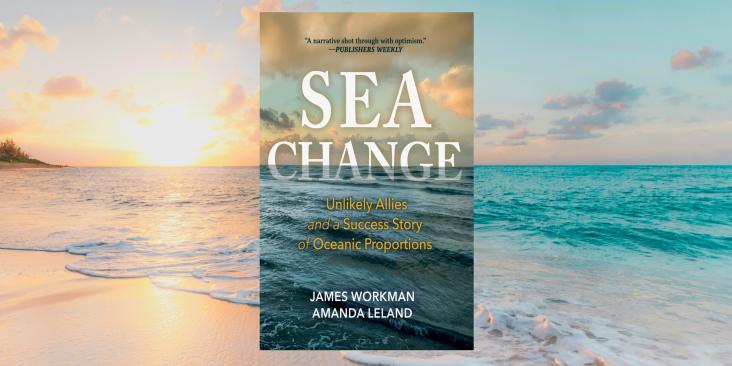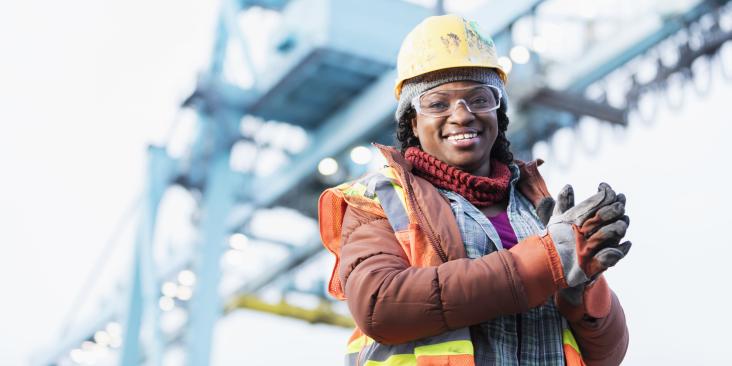Last month, London hosted London Climate Action Week (LCAW), a key moment in the international climate agenda as the world looks ahead to COP30 in Belém. Forests had a strong presence throughout the week, which included more than 700 events and brought together around 45,000 participants from different regions and sectors.
Here are three major highlights that show how forests took the spotlight, each one pointing to important areas of progress and focus:
Tropical Forest Forever Facility (TFFF)
Led by Brazil and supported by BRICS and global partners, the initiative aims to mobilize up to US $125 billion to provide performance-based payments to tropical forest countries, ensuring long-term finance and inclusion of Indigenous communities. TFFF is designed to complement, not substitute, current forest finance approaches such as REDD+ and carbon markets. Building on these tools, it expands the chances for tropical forest nations to gain recognition and compensation for preserving forests, reducing emissions, and safeguarding biodiversity and water systems
In London, TFFF gained strong momentum. Countries such as the UK, Norway, Colombia, Indonesia, DRC, and Ghana expressed support, along with leaders from the private sector, Indigenous organizations, and major NGOs. During one of these events, Brazil’s Minister of Indigenous Peoples, Sônia Guajajara, confirmed the TFFF’s commitment to allocate at least 20% of its funding to Indigenous and traditional communities, an unprecedented allocation at this scale.
REDD+ and Jurisdictional REDD+ (JREDD)
Several high-level events focused on REDD+ and JREDD. Government officials from Brazil, Peru, Indonesia, Ghana, Vietnam, and Ethiopia shared updates on their progress and investment readiness. At the same time, investors called for clearer frameworks and trustworthy transactions. The message was clear: supply and demand are growing, but there is an urgent need to move from planning to action with fair and reliable deals in place before COP30.
Still, challenges remain. One major concern is the gap between carbon credit prices and the actual costs of implementing REDD+ programs. Jurisdictions are responsible for complex and often expensive processes, including legal requirements, safeguards, and reporting systems, just to access payments. Delays in issuing carbon credits, caused by technical barriers and underestimating real costs of implementing REDD+, have also created frustration for many stakeholders, including Indigenous Peoples, local communities, and public agencies. These delays often extend beyond political cycles, putting at risk the support and momentum needed on the ground.
To move forward, it is crucial to build proof-of-concept cases in countries where credits are already being issued. These examples can help others learn, stay motivated, and see the value, both economic and social, of REDD+ and JREDD implementation.
Wildfires and forest resilience
Extreme Wildfires are both a cause and result of climate change. They threaten ecosystems, carbon storage, and human lives. Responding to them means improving forest governance, providing more funding, and recognizing the role of traditional fire knowledge. Supporting cultural fire practices and local strategies in combination with the right technology can reduce fire risks and strengthen the connection between climate, biodiversity, and land management.
During LCAW 2025, wildfires were a discussion topic. One key event, hosted by the Global Wildfire Collective with academic and government partners, looked at the impacts of extreme fires from environmental to public health threats. Speakers including scientists, policymakers, NGOs, exchanged ideas on how to build resilience. They stressed the importance of blending science with local knowledge and called for stronger global coordination. Strengthening forest resilience is essential, not only to reduce the damage from extreme wildfires, but also to preserve natural wildfire regimes.
Looking ahead: from London to New York
As LCAW came to a close, a few urgent messages stood out: The urgency for more flexible and directly accessible climate finance to kickstart and scale local initiatives was a recurring call throughout the week, and the importance of putting communities, especially Indigenous Peoples at the heart of climate action. Another emerging theme was the growing interest in artificial intelligence (AI) in the climate agenda. AI is being used for prediction, monitoring, and planning, but also brings new challenges, especially in how it is applied fairly and effectively across different contexts.
All of these conversations help set the stage for the next big moment on the climate calendar: New York Climate Week 2025, where the global community will gather again to share progress, shape priorities, and get ready for COP30 in Belém.









